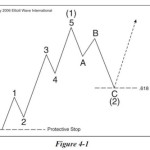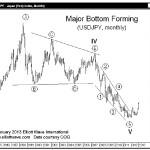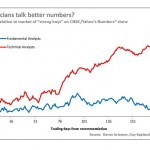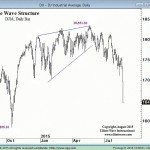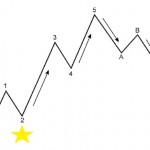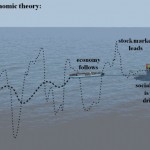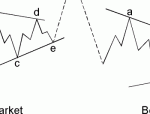Close to ninety percent of all traders lose money. The remaining ten percent somehow manage to either break even or even turn a profit — and more importantly, do it consistently. How do they do that?
That’s an age-old question. While there is no magic formula, Elliott Wave International’s own Jeffrey Kennedy has identified five fundamental flaws that, in his opinion, stop most traders from being consistently successful.

